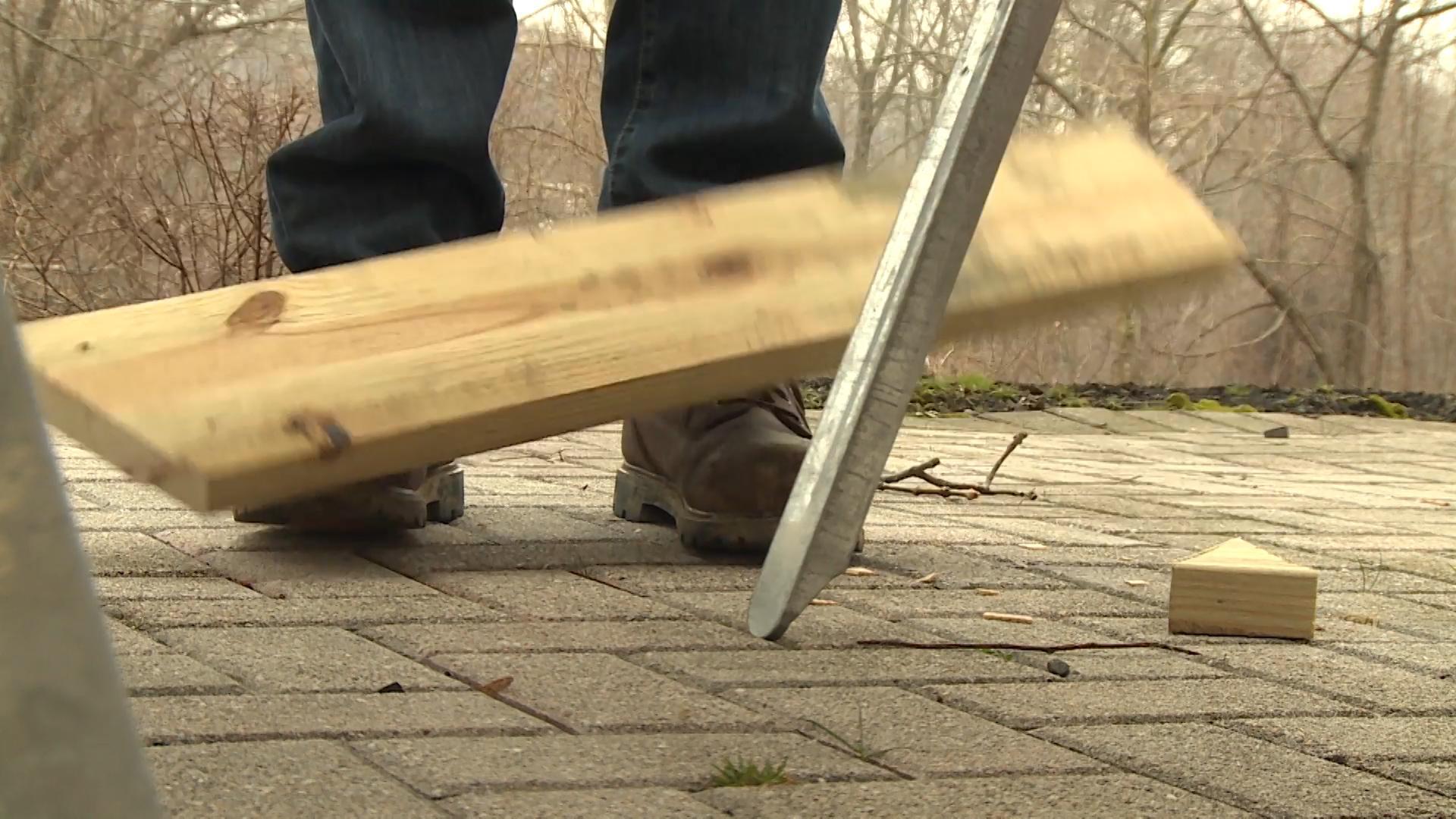Struck-by hazards are a common type of accident that occurs in construction environments. These accidents involve an object or vehicle striking a worker, and they can result in serious injuries or fatalities. In this article, we’ll provide some helpful advice to businesses on preventing struck-by hazards in construction environments.
First and foremost, it’s important to ensure that all employees receive proper safety training. This includes training on how to identify and avoid struck-by hazards, as well as how to use personal protective equipment (PPE) appropriately. It’s also a good idea to conduct regular safety meetings and drills to reinforce safety protocols and procedures.
One of the most effective ways to prevent struck-by hazards is by maintaining a clean and organized worksite. This means regularly cleaning up debris and ensuring that walkways and work areas are free of clutter and obstructions. It’s also important to mark any potential hazards, such as vehicles or heavy machinery, with caution signs or barriers.
Proper signage is also crucial in preventing struck-by hazards. Ensure all work areas are marked with appropriate signs, such as “no parking” or “keep out”. Additionally, consider using flags or other visual cues to alert employees to potential hazards.
It’s also essential to follow proper traffic control protocols. This includes setting up designated walkways and work areas, as well as establishing rules for the movement of vehicles and heavy machinery.
Here are ten tips to help businesses prevent struck-by hazards in construction environments:
- Provide proper safety training to all employees: This includes training on how to identify and avoid struck-by hazards, as well as how to use personal protective equipment (PPE) appropriately.
- Conduct regular safety meetings and drills: This can help reinforce safety protocols and procedures and ensure that all employees know the importance of safety.
- Maintain a clean and organized worksite: Regularly clean up debris and ensure that walkways and work areas are free of clutter and obstructions.
- Mark potential hazards: Use caution signs or barriers to alert employees to vehicles or heavy machinery, or other potential hazards.
- Use proper signage: Mark work areas with appropriate signs, such as “no parking” or “keep out” signs. Consider using flags or other visual cues to alert employees to potential hazards.
- Follow traffic control protocols: Set up designated walkways and work areas, and establish rules for the movement of vehicles and heavy machinery.
- Use caution when working near roadways: Make sure to follow proper safety protocols when working near roads or highways, including wearing reflective clothing and following traffic laws.
- Use protective barriers: Consider using barriers or other protective equipment to shield employees from struck-by hazards.
- Use caution when working with heavy machinery: Follow proper safety protocols when operating or working near heavy machinery, including wearing appropriate PPE and following manufacturer guidelines.
- Conduct regular inspections: Check for broken or uneven surfaces, loose cables or wires, and other potential trip hazards that could increase the risk of struck-by accidents.
Finally, it’s important to conduct regular inspections of the worksite to identify and address any potential hazards. This may include checking for broken or uneven surfaces, loose cables or wires, and other potential trip hazards. By taking the time to identify and address potential hazards, businesses can significantly reduce the risk of struck-by accidents in their construction environments.
In conclusion, struck-by hazards are a common type of accident in construction environments that can lead to serious injuries and fatalities. By providing proper safety training, maintaining a clean and organized worksite, using proper signage, following traffic control protocols, and conducting regular inspections, businesses can significantly reduce the risk of struck-by accidents and create a safer work environment for their employees.
Do you need Online Construction Safety Training?
Try a free demonstration of Struck-By Hazards in Construction Environments










